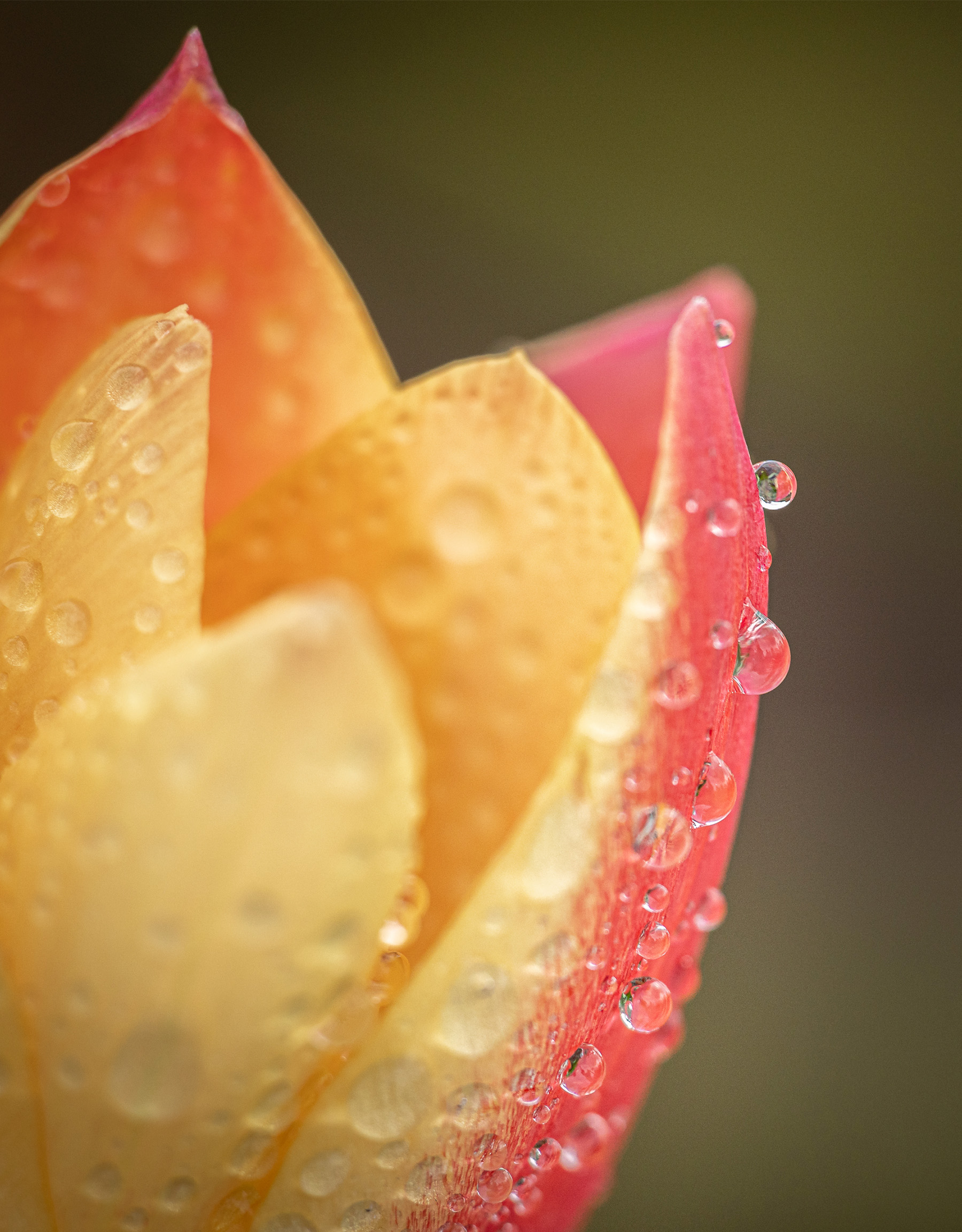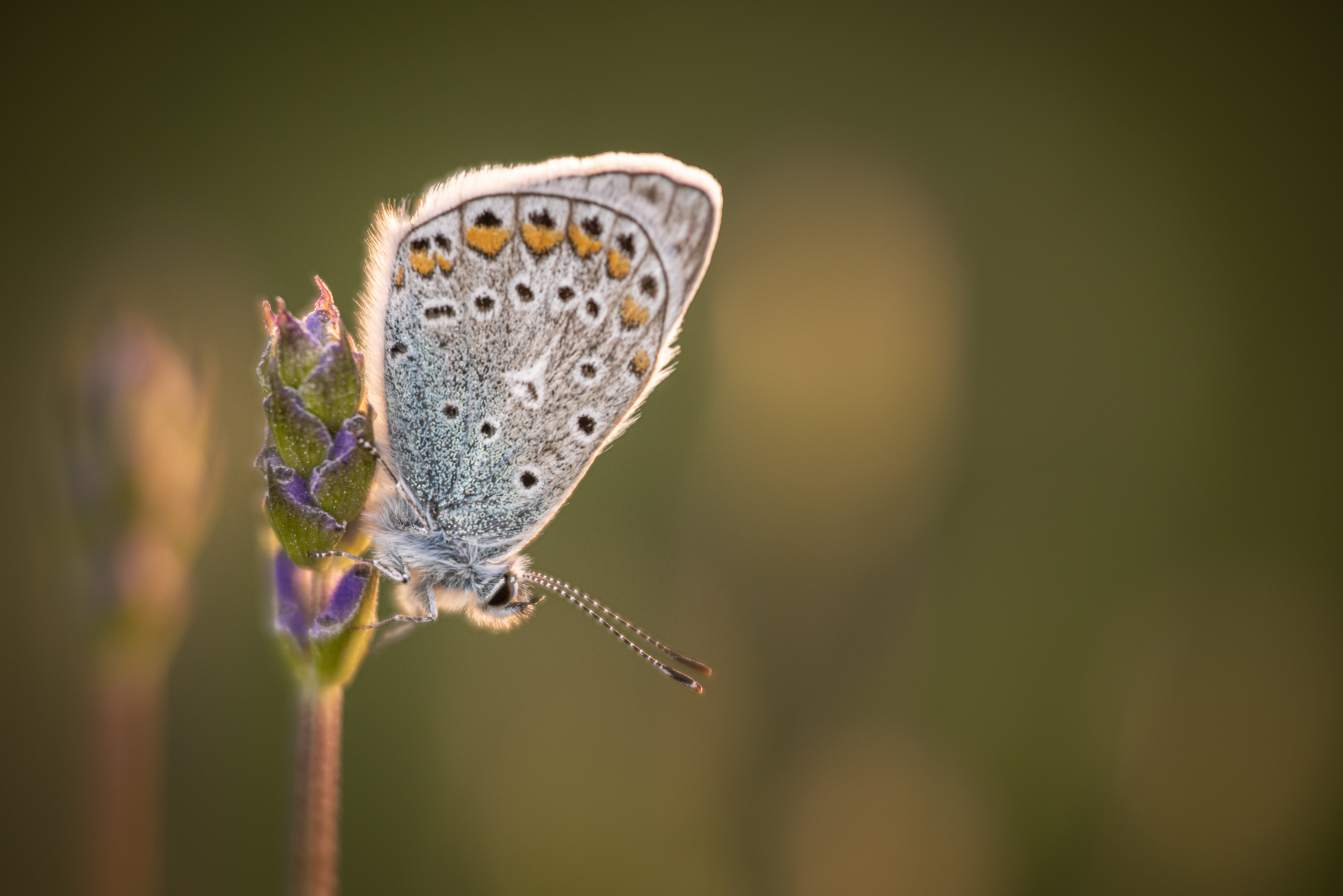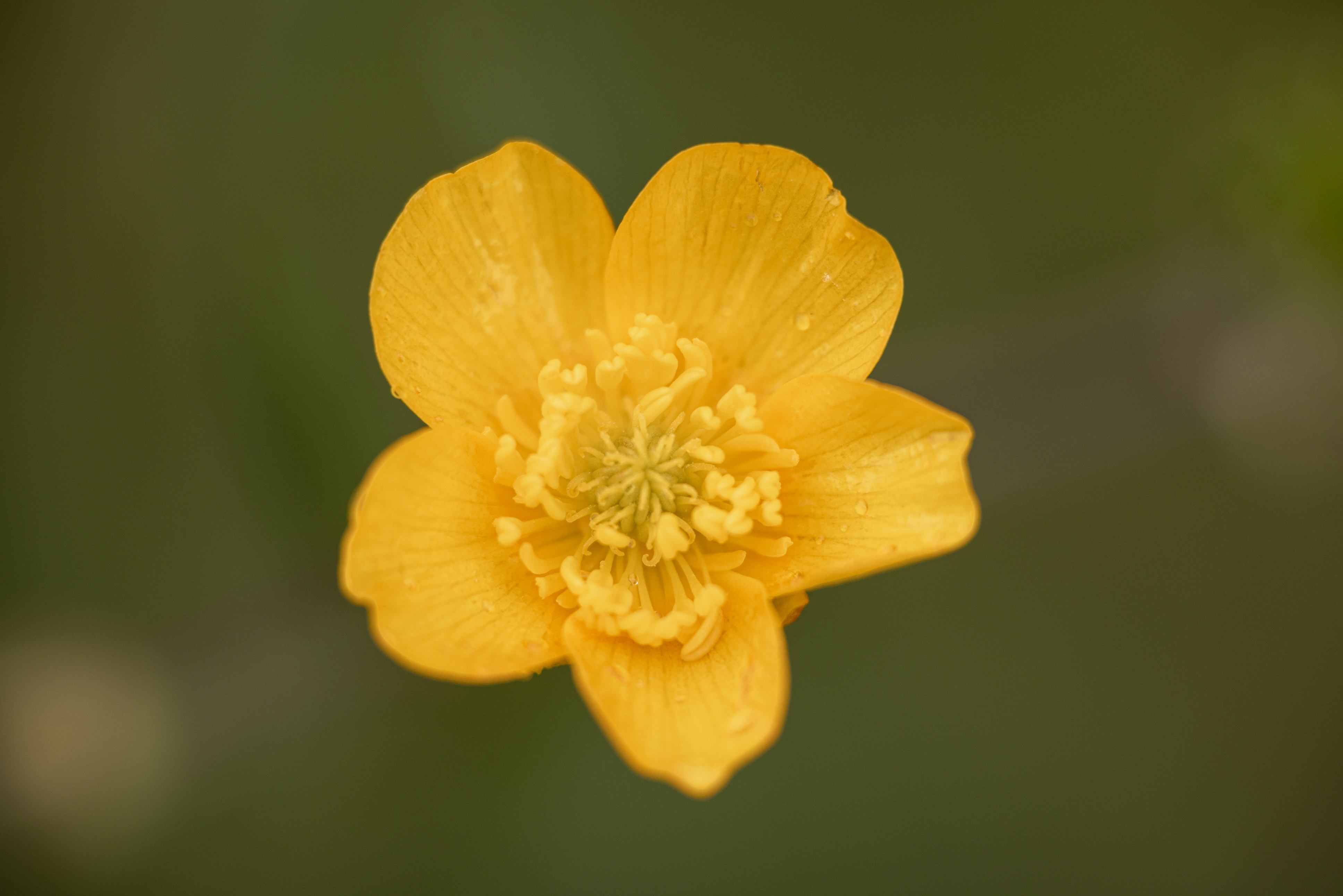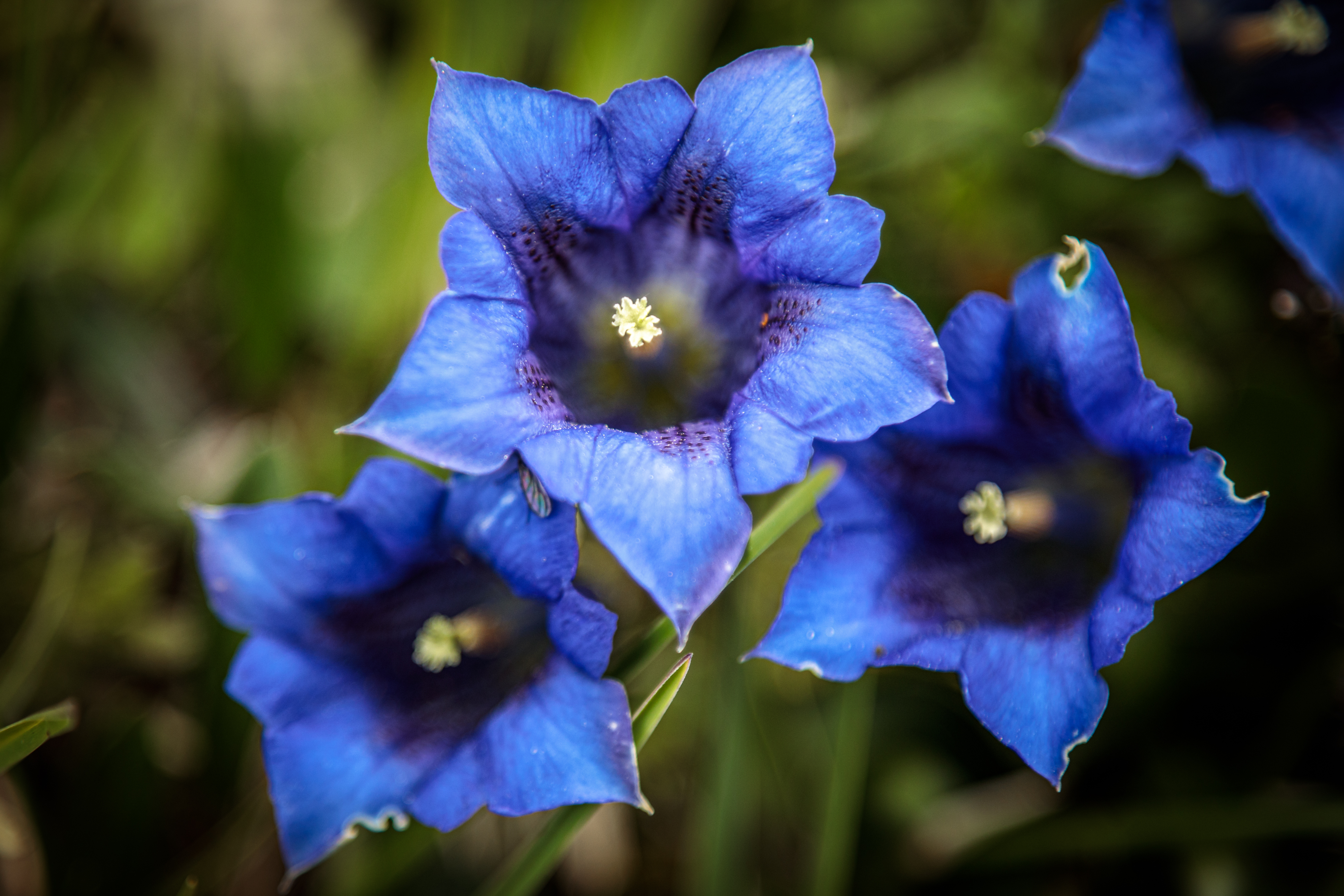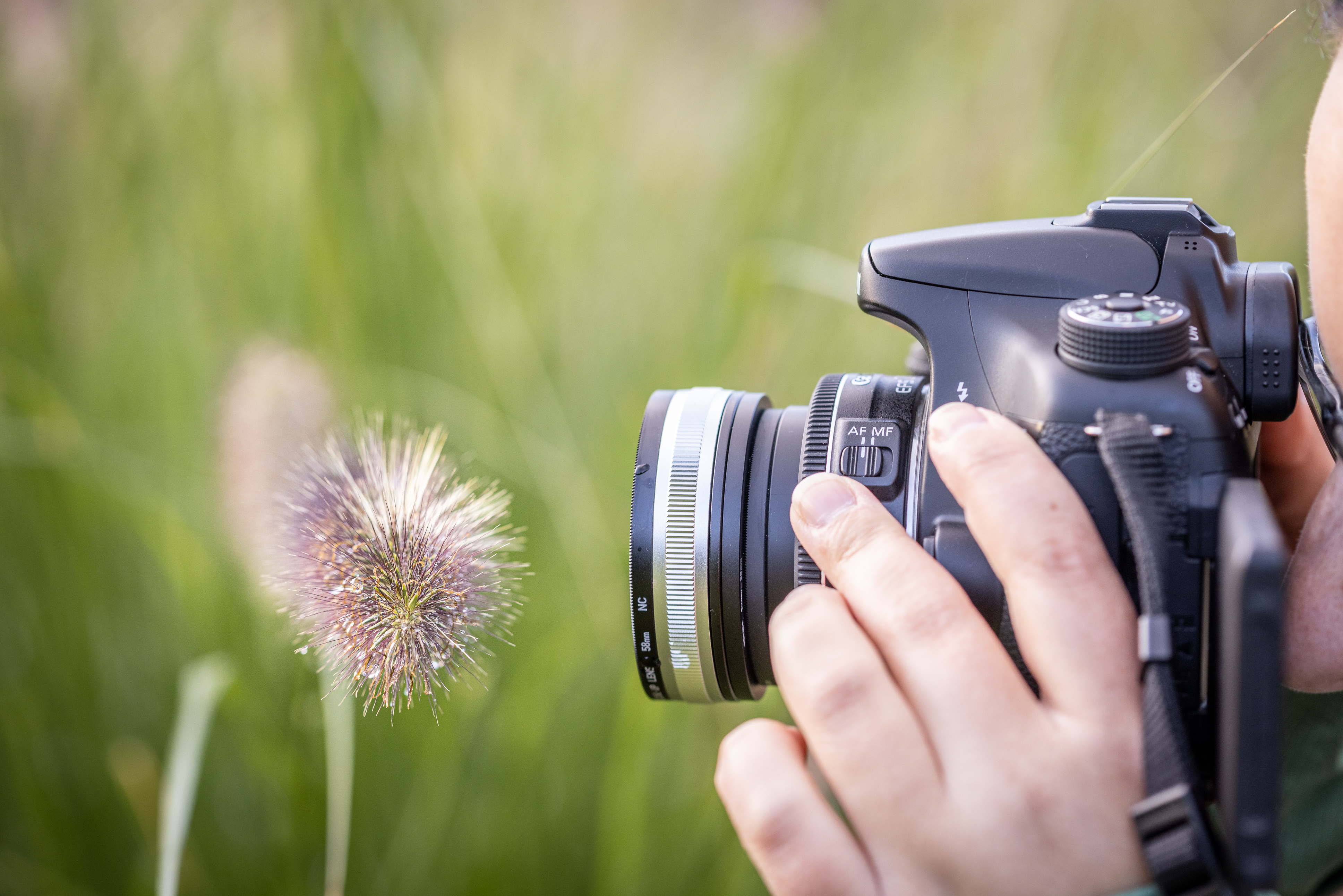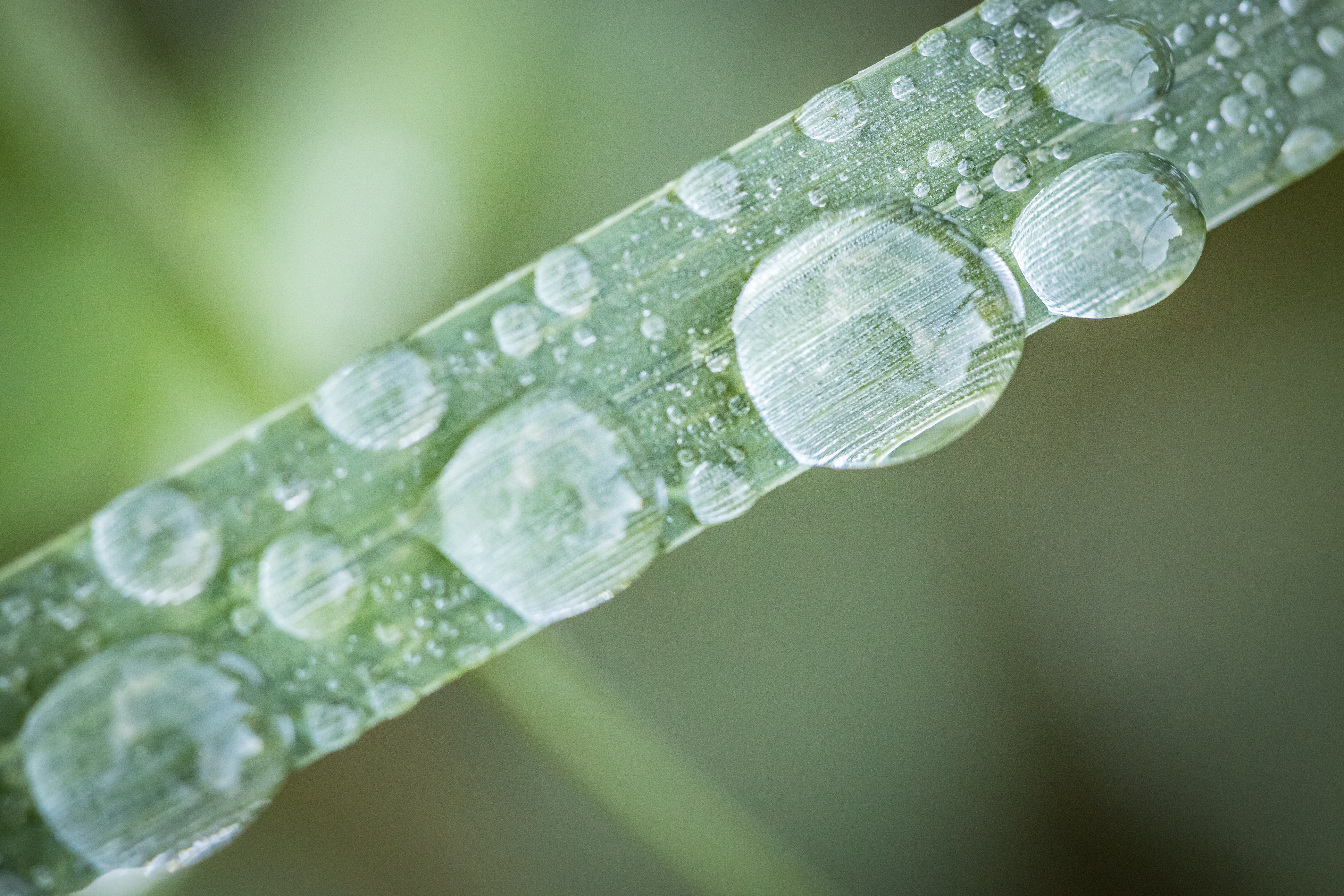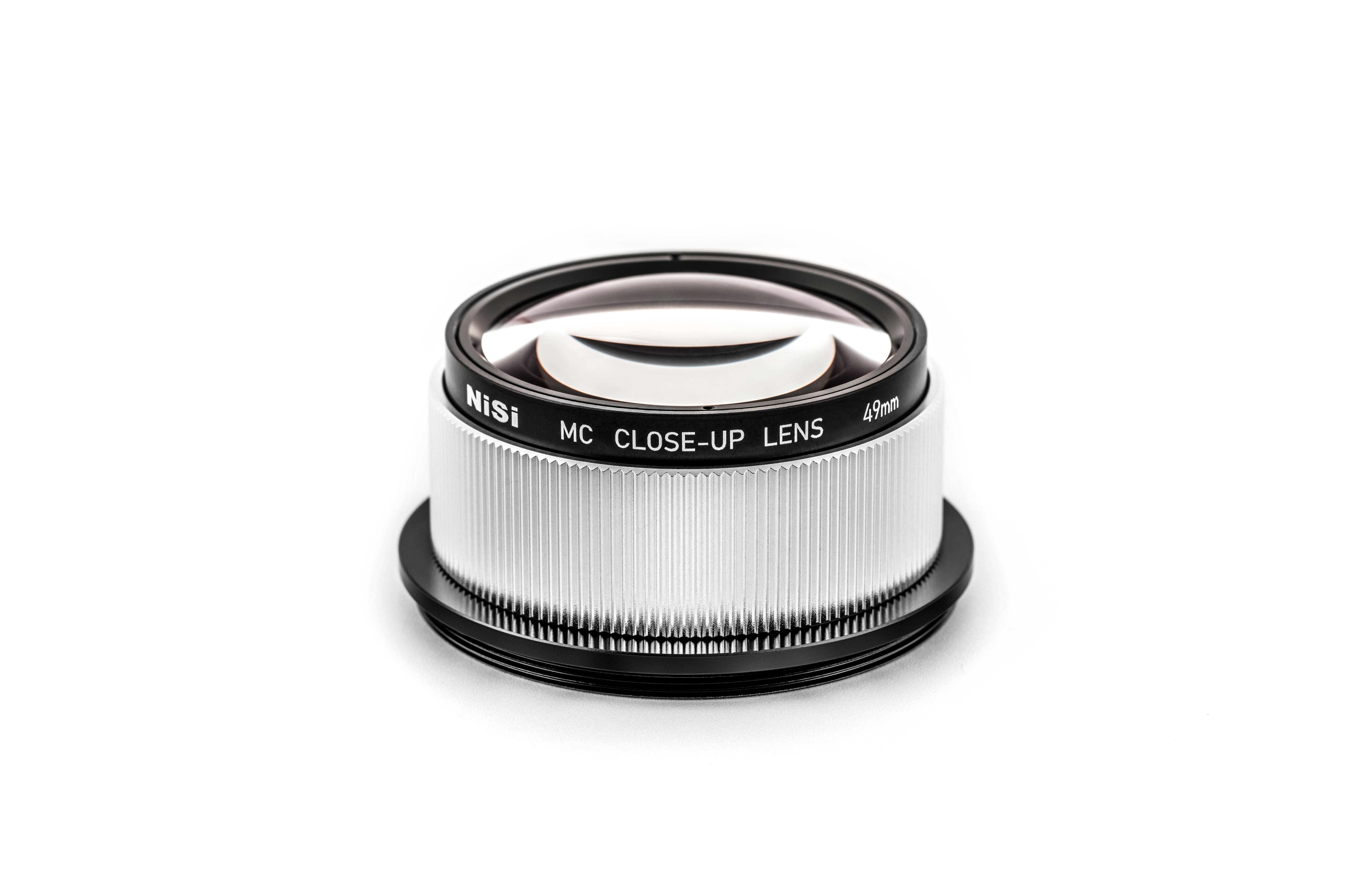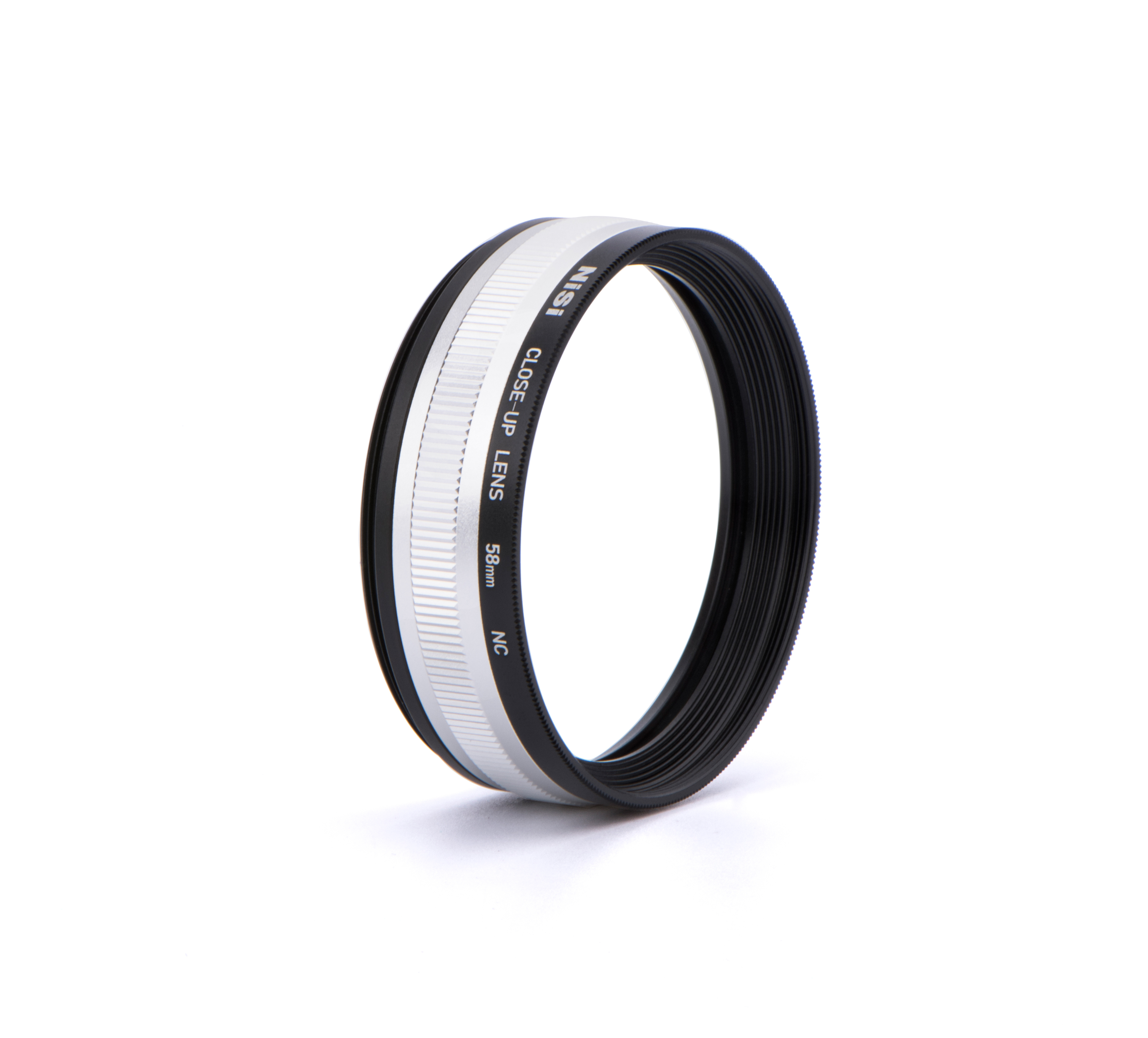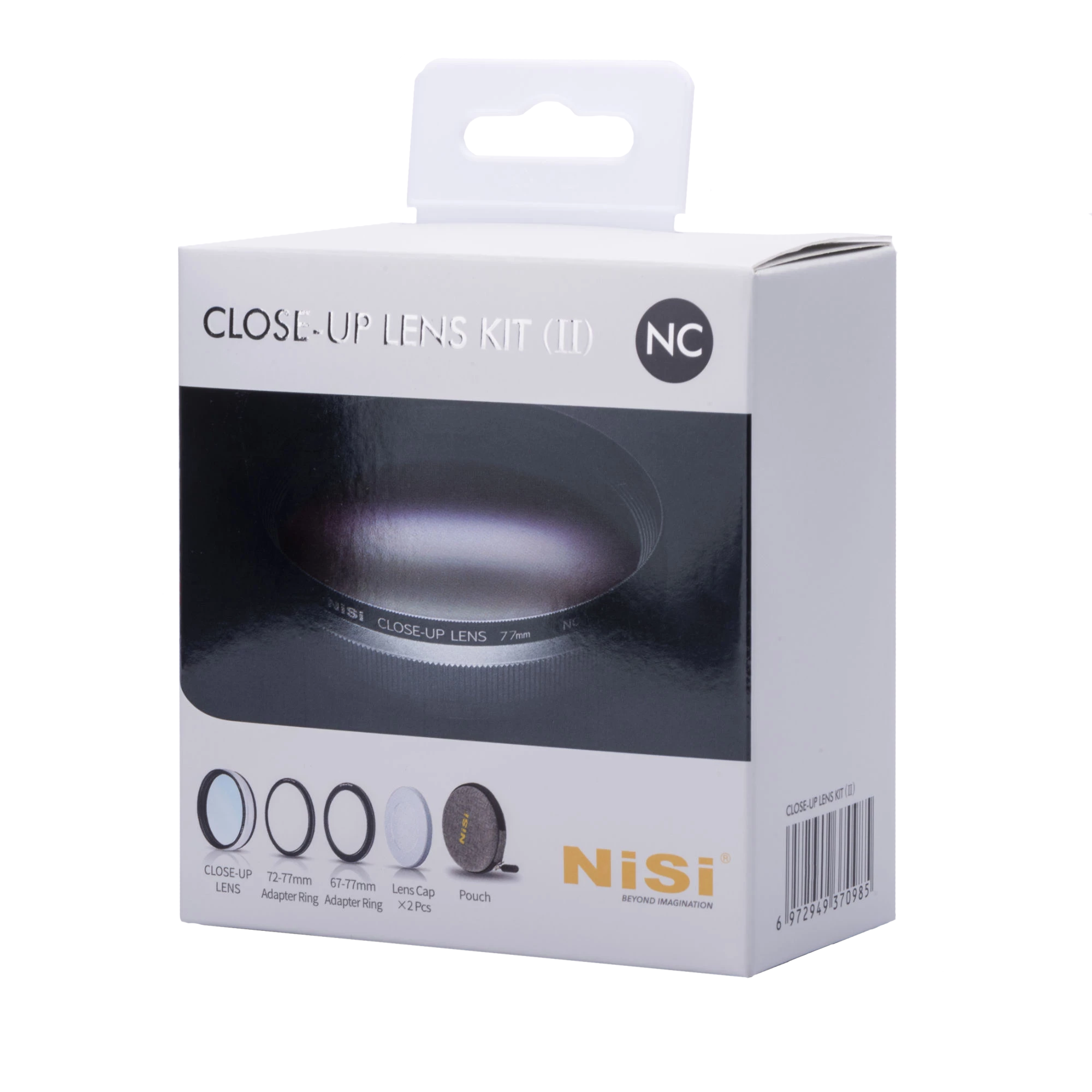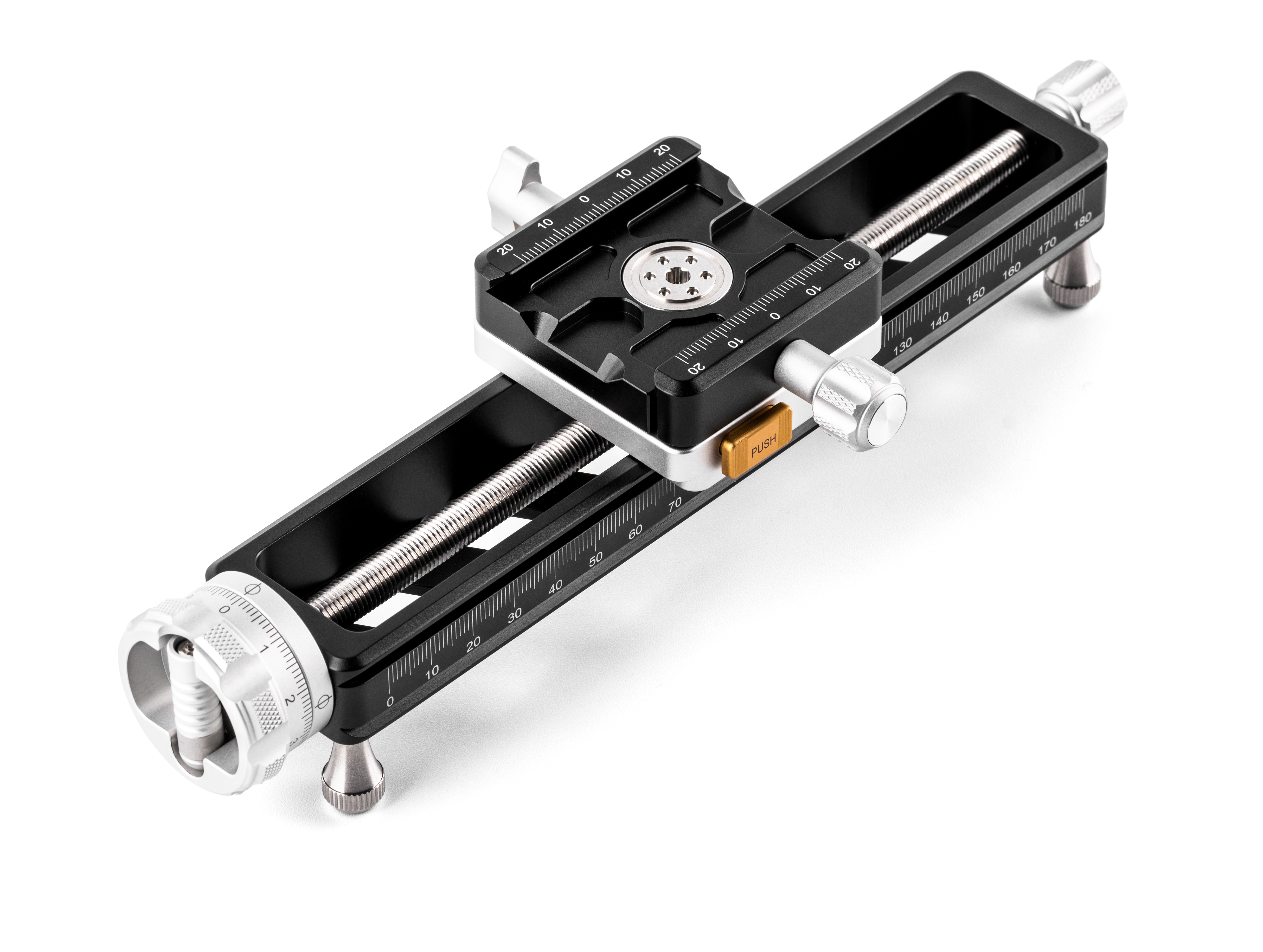My Situation
I am a photographer and photography instructor from Vienna and have been teaching photography courses for over 11 years. One of the most popular is the macro workshop, where I show participants how to take sharp and beautiful macro photos handheld in outdoor settings.
I also personally love photographing flowers, insects, and other small details up close. When using my Canon 5D DSLR, I always had a macro lens. After switching to the mirrorless Canon R5, I sold my macro lens and now use only the NiSi close-up lens.
Advantages
For me, this option has several advantages:
The close-up lens is compact and, at just 0.3 kg, adds very little weight, even when hiking. This means I don’t need to make room for a dedicated macro lens in my backpack.
It saves me a significant amount of money, especially considering the current prices of branded lenses for the new mirrorless mount.
The close-up lens is free of optical aberrations, even under extreme conditions, such as bright water droplets against a dark background, where many optics tend to show chromatic aberration (purple fringing).
Usage
The close-up lens works best with telephoto focal lengths. I occasionally use it on my 24-105mm lens at the longest focal length, but my favorite setup is with the Canon 70-200mm. Both lenses have a 77mm filter diameter, allowing for direct mounting. In both cases, I can achieve an almost 1:1 magnification ratio.
I also once mounted the close-up lens on a macro lens in my home studio to achieve double magnification. However, I would only recommend this when using a tripod for stability.
Handheld Use
In everyday practice, the close-up lens works like a high-quality magnifying glass. Just like magnifying glasses, it has a limited range within which the magnification is effective. This means that a sharp viewfinder image is only possible within a range of a few centimeters up to about 25 cm. Beyond this range, the subject cannot be brought into focus.
In practice, for maximum macro effect, I move as close to the subject as possible while still allowing autofocus to function. I use continuous autofocus with a small focus area directed at my subject.
Since depth of field is extremely shallow in macro photography, I recommend stopping down the aperture. I typically work between f/5.6 and f/11. To avoid camera shake, a higher ISO setting is often necessary.
To illustrate the macro effect of the close-up lens, I like to compare the minimum focusing distance with and without the lens during my workshops. The difference is clearly visible.
Conclusion
The close-up lens has been a permanent part of my gear for almost two years and has fully replaced a dedicated macro lens. Many of my photography workshop and photo tour participants have also given me positive feedback about their experience using it.
Discover our Macro Range

